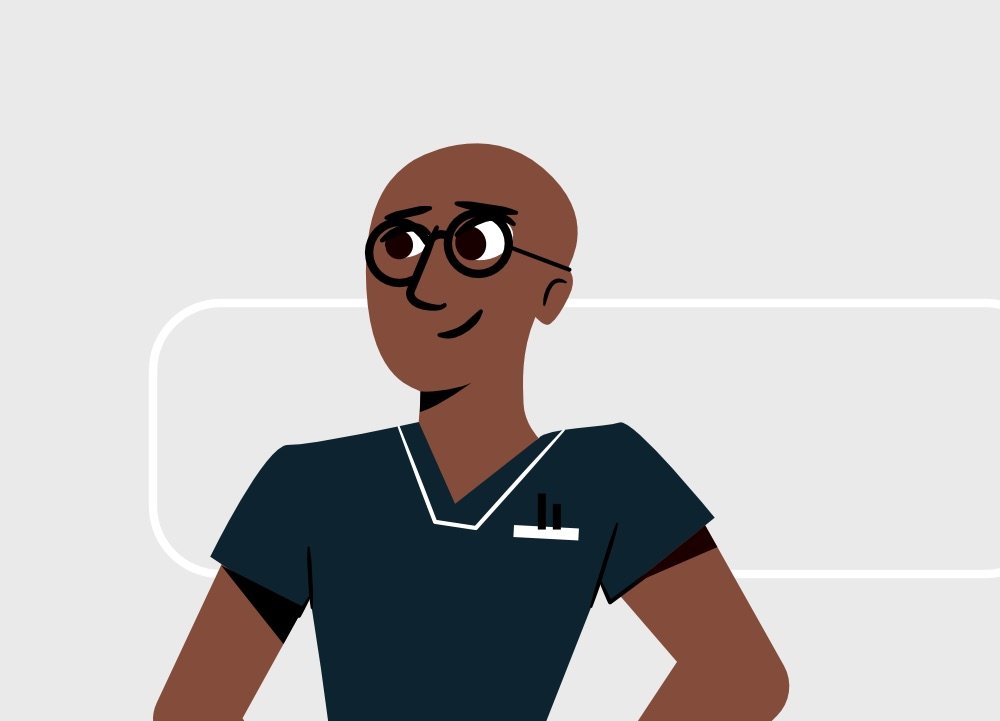Risk factors for Birth Injuries
- Maternal risk factors
- Primigravida
- Cephalopelvic disproportion
- Small maternal height (correlation with the shape of the pelvis)
- Oligohydraminos (amniotic protective cushion is lost
- Fetal risk factors
- LBW (fragile)
- LGA (difficult to deliver)
- Large fetal head
- Breech presentation
- Fetal anomalies
- Delivery factors
- Prolonged labor
- Rapid labor
- Using mid-cavity forceps
- Using vaccum extractors
- Cephaloversion
Soft-tissue injuries of the head
- Injuries below the suture line (does not cross midline)
- Cephalohematoma
- Injuries above the suture lines (can cross midline)
- Caput succedaneum
- Subgaleal hematoma
Cephalohematoma
Collection of blood between the periosteum and skull bone (thus hematoma is imited by the suture lines. Commonly seen in the occipital bone and 5-20% of infants have an underlying linear skull fracture. As the hematoma shrinks there may be subsequent non-consequantial jaundice. Diagnosis is clinical
- Complications (rare)
- Anemia
- Hypotension
- Investigations
- X-ray: to identify skull fracture (no treatment necessary for linear skull Fx)
- Head CT: indicated if there are neuro sx
- Treatment
- Observe. Resolves within a few weeks.
Caput succedaneum
Very common. “cone head” moulding ass/with occipital fetal head presentation. Caused by serosanguinous collection between the skin and galeal aponeurosis. Diagnosis is clinical. Important to differentiate it from a subgaleal hematoma.
- Treatment
- Observe. Resolves spontaneously within the first few days of life
- Reassure parents
Subgaleal hematoma
Hematoma between the galeal aponeurosis and periosteum. Noted as a fluctuant, boggy mass with overlying bruising. 90% are associated with vacuum assistance. Diagnosis is clinical
- Investigations
- CBC to monitor Hematocrit
- Treatment
- Monitor for hypotension and shock (tachycardia)
- Fluids and blood products if there is hypotension or anemia
Brachial plexus injury
Erb’s palsy
More common injury involving the C5 and C6 nerve roots. Diagnosis is clinical.
- Babies at risk
- LGA (Large baby)
- Breech presentation
- Shoulder dystocia
- Signs
- Lack of shoulder motion (most common)
- “Waiter’s tip arm” – Shoulder internally rotated, arm closed, wrist flexed
- Absent/Asymmetric moro reflex
- Intact palmar grasp
- Concomitant clavicular fracture may be present
- Investigations
- CXR: may have phrenic n. damage (C5) → compromised diaphragm and respiratory distress
- Treatment
- Limb immobilization for 1 week followed by Physiotherapy
- Refer to peds Sx or NSGY if complicated
- Monitor O2 (and provide supplemental oxygen if there is respiratory compromise)
Klumpke’s palsy
Less common injury involving C7-T1 nerve roots. Diagnosis is clinical.
- Signs and symptoms
- “Claw hand” deformity: flexed wrist and fingers
- Absent palmar grasp reflex
- Horner syndrome: miosis, ptosis, anhidrosis if T1 is injured
- Treatment
- Limb immobilization for 1 week followed by Physiotherapy
- Refer to peds Sx or NSGY if complicated
Facial nerve injury
Associated with traction and compression of the head and neck as it passes the sacrum. AKA neonatal Bell’s palsy (misnomer). Diagnosis is clinical.
- Signs and symptoms
- Obvious facial asymmetry (noted when the baby cries – eyes is open, mouth is drooped on the side ipsilateral to injury)
- Treatment
- Observe. Resolves within a week
- Lubricating eyedrops
- Consult peds neuro if symptoms persists for longer than a week (absent facial nerve, congenital syndrome)
Laryngeal nerve injury
Associated with abnormal uterine position or posture and excessive lateral flexion or traction of the head/neck during delivery
- Signs and symptoms
- Hoarse cry
- Inspiratory stridor
- Problem with feeding (baby coughs while breastfeeding. can lead to aspiration PNA)
- Investigations
- Laryngoscopy: best initial and most accurate diagnostic test if suspected
- Treatment
- Smaller more frequent feeds to reduce the risk of aspiration
- Resolves within 4-6 weeks
Bone injuries
Clavicular fracture
Associated with high birth weight d/t associated shoulder dystocia AND more aggressive obstetric manoeuvers.
- Associations
- High birth weight
- Shoulder dystocia
- Aggresssive obstetric manoeuvers
- Mid-forceps use
- Signs
- Palpable bony irregularity (picked up on nursery exam or by mom)
- Overlying crepitus
- Psuedoparalysis of the affected limb
- Irregular or absent Moro reflex on the affected side
- Concomitant Erb’s palsy (can damage upper nerves of brachial plexus)
- Investigations
- X-ray: best initial diagnostic test if suspecting a fracture
- Treatment
- Immobilization (pin sleeve to shirt, no need for figure 8 brace)
Long bone fractures
Associated with larger babies and more aggressive OB manoeuvres
- Signs and symptoms
- Absence of spontaneous movement of the affected limb
- Swelling
- Pain on passive motion (baby will not like it…)
- Investigations
- X-ray
- Treatment
- Immobilization: if there is no displacement
- Closed reduction: if there is displacement (consult Ortho)
- Complete recovery within 2-4 weeks

